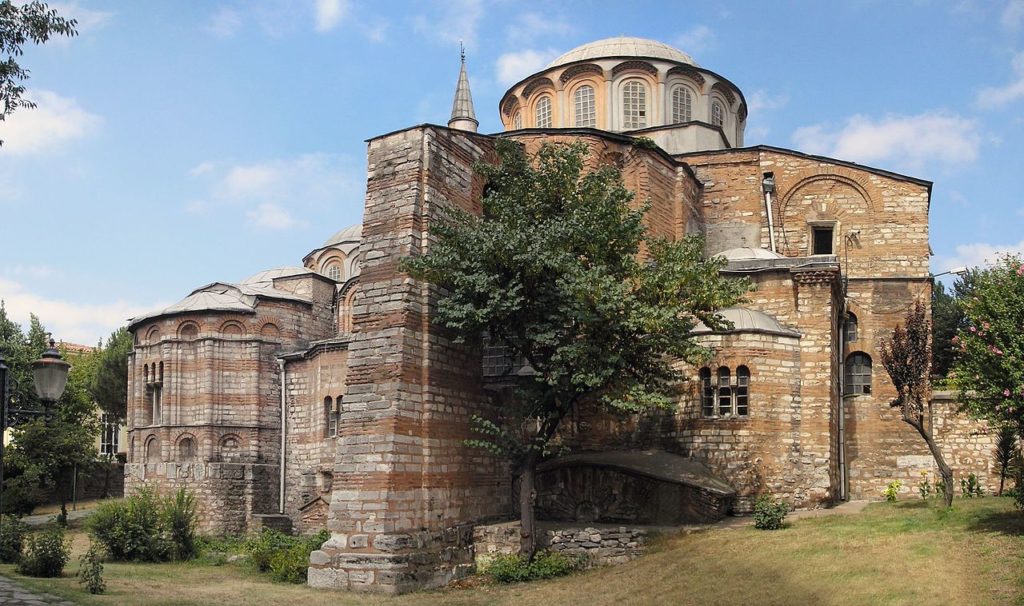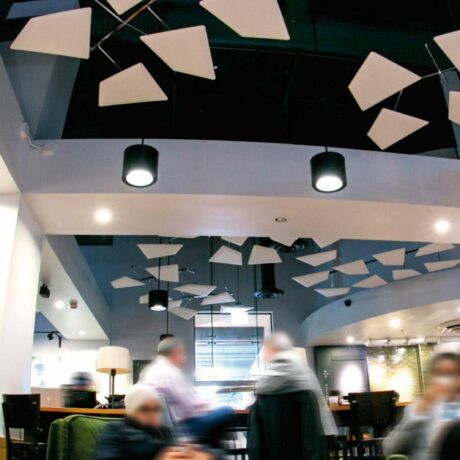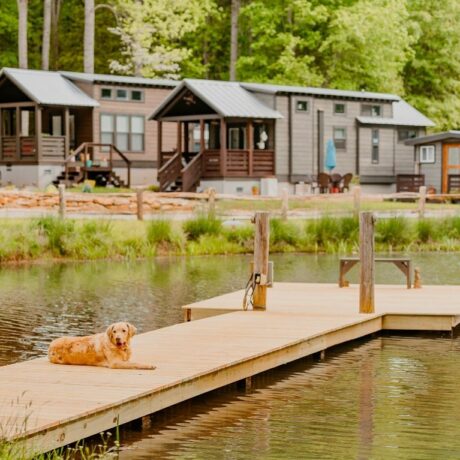
In June, the United Nations formally accepted Turkey ‘s request to change its official name to “Türkiye” (the Turkish language version, pronounced TURK-ee-yeh). The idea is to eliminate the association with the bird. Name changes are nothing new here. Istanbul was known as Constantinople until 1930. In fact, Constantinople was the capital until in 1923 when the capital was moved to Ankara.
Istanbul is the largest city in Türkiye — the country’s economic, cultural and historic hub. The city straddles the Bosporus strait, lying in both Europe and Asia, and has a population of over 15 million residents, comprising 19% of the population of the country. Istanbul is the most populous city in Europe and 15th-largest city in the world. (Turkish is the 13th most spoken language in the world.)
The city was founded as Byzantium in the 7th century BCE by the Greeks. In 330 CE, the Roman emperor Constantine the Great made it his imperial capital, renaming it first as New Rome and then as Constantinople (after himself). The city grew in size and influence, eventually becoming one of the most important cities in history.
Fast forward to modern times: The Ottoman Empire was occupied and partitioned after its defeat by the Allies in World War II. However, the Turkish revolutionaries rebelled against this partitioning, fighting from 1919-1923 (in what is now known as the Turkish War of Independence). In 1923, the Ottoman government was overthrown and the monarchy abolished, and the Grand National Assembly of Turkey (which remains Turkey’s primary legislative body today) declared the Republic of Turkey. Ankara replaced Constantinople as the capital. In 1930, Ankara’s name was officially changed to Istanbul.
In 2010, the city was named a European Capital of Culture, and today it the world’s eighth most visited city.

The architecture of Istanbul is a mixture of structures which reflect the many influences that have made an indelible mark throughout the city. The ancient part of the city (the historic peninsula) is still partially surrounded by the Walls of Constantinople (1), erected in the 5th century to protect the city from invasion. It had 55 gates. The architecture inside the city proper contains buildings and structures which came from Byzantine, Genoese, Ottoman, and modern Turkish sources. As a cultural and ethnic melting pot the city has many architecturally significant structures— historical mosques, churches, synagogues, palaces, castles, and towers. Istanbul has the 28th most skyscrapers in the world with 48.

One of the oldest monuments is the Serpent Column (2), a monument originally built to honor Apollo for the victory over the Persians at in 479 BC. The column was moved by Constantine the Great when Constantinople became the new capital, and has stood at the Hippodrome of Constantinople (3) (built in the 3rd century) ever since. [According to legend, Mehmed II shattered the Serpent Column upon entering the city in triumph as its conqueror.

One of the most important monuments of Roman architecture in the city is the Column of Constantine (4), which was built in 330 by Constantine the Great. It contained artifacts belonging to Jesus Christ and Virgin Mary. Another is the Aqueduct of Valens (5), Roman aqueduct system built in the late 4th century AD, to supply Constantinople – the capital of the eastern Roman empire. It remained in use for many centuries.



The Hagia Sophia (6), built by Justinian (the Eastern Roman emperor) between 532 and 537, is widely regarded as the masterpiece of Byzantine architecture. It was the largest ever cathedral built in the world for more than a thousand years. The Church of Saints Sergius and Bacchus (7) (a/k/a Little Hagia Sophia) was built a few years before. The present-day Hagia Irene (8)—originally built by Constantine in the 4th century, but later enlarged by Justinian in the 6th century—is one of the few churches in Istanbul that has not been converted into a mosque. It was used as an arsenal for storing weapons until the 19th century and today operates as a museum and concert hall.


The most important churches which were built after the Byzantines took Constantinople back in 1261 include the Chora Church (9). In 1511 the church was officially converted into a mosque and named Kariye Camii. In 1945, it was converted into a museum, and named Kariye Muzesi. The Galata Tower (10) was built in 1346 in Romanesque style as the Christea Turris (Tower of Christ); it was also a watchtower. Today the tower is an exhibition space and museum (Galata Kulesi Museum) and is one of the symbols of Istanbul.


The Ottoman Turks built the Anadoluhisarı (Anatolian Castle) (11) on the Asian side of the Bosporus in 1394, and the Rumelihisarı (12) (a/k/a Rumelian Castle or Boğazkesen Castle [meaning “Strait-Blocker Castle” or literally “Throat-Cutter Castle”] at the opposite (European) shore, in 1452, a year before the conquest of Constantinople. The main purpose of these castles was to block the sea traffic of the Bosphorus during the Turkish siege of the city.
The Topkapı Palace (13) (Cannon Gate Palace) served as the main residence and administrative headquarters of the Ottoman sultans. Construction began in 1459, six years after the conquest of Constantinople. It was originally called the “New Palace and was given the name Topkapı, in the 19th century.



The Sultan Ahmed Mosque (14) (a/k/a The Blue Mosque) is an Ottoman-era structure which still functions as a mosque. (It also attracts large numbers of tourist visitors.) constructed between 1609 and 1616 during the rule of Ahmed I. It contains Ahmed’s tomb


Ortaköy Mosque (15) (a/k/a Büyük Mecidiye Camii) is a mosque which was completed around 1854; it is situated in a popular location because of its distinctive view of the Bosphorus Strait and the Bosphorus Bridge.

The Dolmabahçe Palace (16) was built in 1856, served as the main administrative center of the Ottoman Empire from 1856 to 1922, apart from a 22-year interval (1887–1909) in which Yıldız Palace was used. (Previously, the Sultan and his family had lived at the Topkapı Palace)




